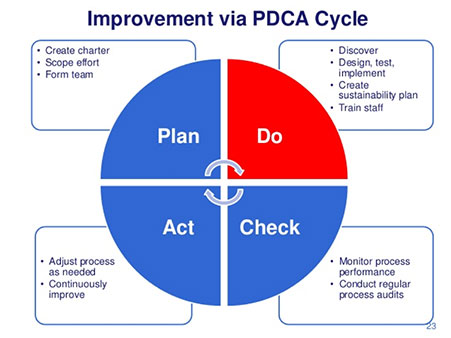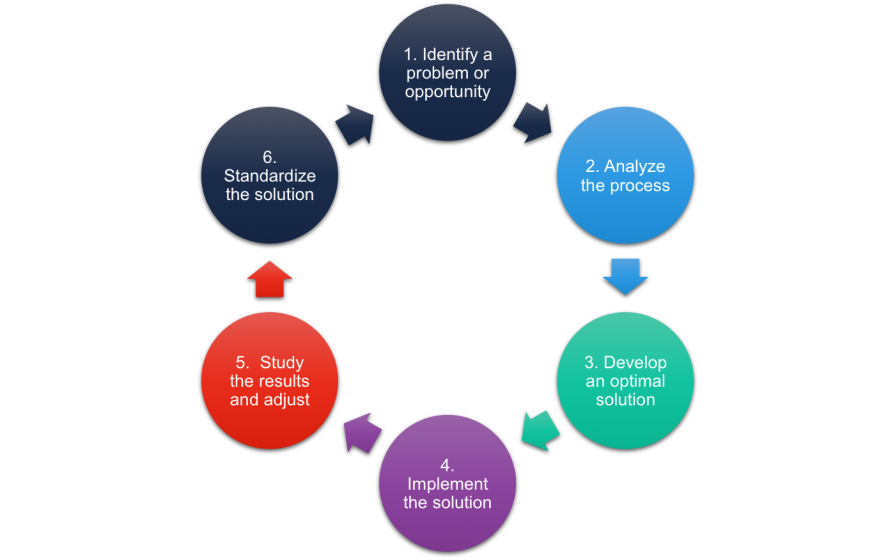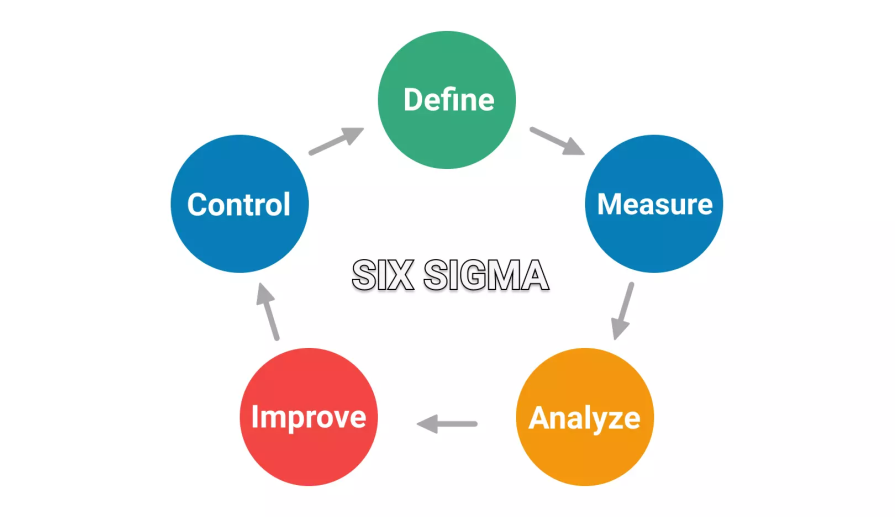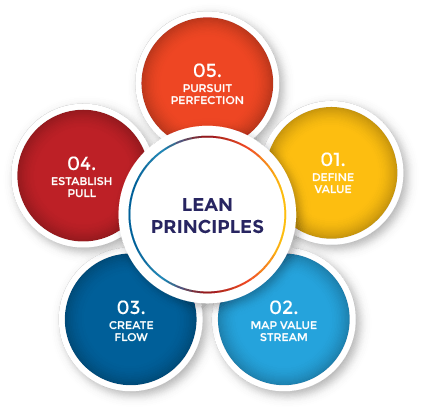As a PM, you know the struggle of balancing product delivery with the best possible outcome. Pressure to keep up with the competition forces the development process to move at a pace that introduces the potential for gaps between customer expectations and iterative deliveries. Because of this, you should focus on implementing a continuous improvement to mitigate product hiccups and prevent future issues from occurring.

The pace of the current development environment requires you to put out products “good enough” to hit the market. These products demand continuous improvements to move closer to the ideal version your customers want. By leveraging continuous improvement, you introduce incremental changes that allow you to gather additional feedback, while minimizing development expenses.
This article provides an overview of the continuous improvement process including its steps, principles, and tools.
What is the continuous improvement process (CIP)?
The continuous improvement process (CIP) provides a structured approach to delivering incremental product enhancements. CIP encourages you to identify, define, implement, measure, and analyze the effectiveness of change.
5 steps of the continuous improvement process
Implementing the CIP involves five key steps. However, always keep in mind the need for data and analytics when implementing these strategies. Without data, teams struggle to identify the right areas of improvement and waste time and resources.
Always have a baseline and goal when addressing a problem. This also gives you a way to measure improvement.
The process requires you to
- Identify the areas for improvement — Establish a forum to assess existing products, services, and processes thoroughly. Gather robust data and pinpoint the critical areas for improvement based on feedback, analytics, surveys, etc.
- Define the problem to focus on and solve — Now, focus on one or two areas for improvement at a time. Identify the root cause and list of hypotheses that can potentially solve the problem. Use research competencies and test the idea before building a concept to narrow down the hypothesis list
- Implement the solution incrementally — Given the vastness of the issue, try to implement small changes to fast-track the delivery while getting a chance to understand the impact of the implementation
- Measure the impact — Each implementation should include tracking and data-gathering tools to enable measurement of the process change. Always set a goal that indicates success and a baseline that leads to further improvement
- Analyze the results and refine — Once you ship the feature or implement the process, analyze the performance continuously and refine the backlog with new information
Principles of the CIP
Alongside the five steps, focus on the following principles to successfully implement continuous improvement in your organization.
Customer focus
With continuous improvement, you always need to focus on the customer. When you understand your customers’ pain points you develop products that address their needs. Look for areas where your product falls short and guide the development team to enhance and innovate your offerings.
Data-driven decision making
By making data-driven decisions, you avoid irrelevant ideas and claims. This also makes the process faster and allows you to validate solutions at a lower cost.
Employee engagement
Employees at all levels, whether in product development or customer services, play a crucial role in fostering a culture of continuous improvement. Engaging employees at all levels empowers them to identify issues and propose innovative solutions actively. Their involvement helps to build a culture of ownership, accountability, and continuous learning.
Systematic problem-solving
Implementing incremental solutions helps you avoid big decisions based on assumptions. Make sure that you continuously measure the impact of change to ensure data-driven decision-making and focus on areas that require attention.
Alignment with strategic goals
Improvements need to align with the company’s strategic goals to gain leadership support. Aligning improvement efforts with strategic goals ensures that you efficiently spend resources to add the most value and impact to the business. This approach helps to create a purposeful improvement strategy that benefits individual processes and departments.
Now that you understand the steps and principles of the continuous improvement process, let’s explore various tools and methodologies used in continuous improvement, such as Kaizen, Lean, and Six Sigma.
The specific tool you should use depends on the situation you find yourself in. For example, the Kaizen method might be more suitable when trying to implement CIP in an entire organization. In contrast, the Kanban method can be more beneficial in software development teams.
PDCA or the Stewart Cycle
Plan, do check, act (PDCA) (or the Stewart Cycle) provides a streamlined way for you to implement continuous improvement. It works with the following four steps:
- Plan — Plan the work as soon as your hypothesis is confirmed
- Do — Implement the change on a smaller scale
- Check — Study the impact
- Act — Now, it’s time to take action. If the effect is unexpected, go back to the planning stage. If the results are as expected, roll out the change to the broader audience

Repeat the cycle until you achieve your desired result.
Kaizen
Kaizen comes from the Japanese word for continuous improvement. It originates from the Japanese business philosophy that small changes can create a ripple effect. The Kaizen method focuses on incremental changes that are often easy to implement and track:

The core principles of Kaizen methods are:
- Identify the problem by understanding customers — This might seem pretty obvious, but it does require you to establish a certain mindset, tools, and resources to gather the data needed to understand the customers
- Analyze the process and where it needs improvement — At every stage of the process, experts are involved in building, testing, and releasing a product or service. A smooth workflow allows each expert to concentrate on their respective area by relying on the experts in the previous stages
- Develop an optimal solution incrementally — Do this to help your team understand the direction of the product and create awareness
- Implement the solution to a small focused group — Provide the team with the required data and measurement and create autonomy for decision-making within the team based on results
- Study the result and adjust — A culture of measuring results for every activity promotes transparency at all levels of goal achievement with factual data. This shifts the focus from blame to solution
- Standardize the solution — If you get the desired outcome, standardize the new solution on a large scale to see the full benefit with minimum risk
Six Sigma
Motorola engineer Bill Smith introduced the Six Sigma concept in 1980. Since then, it has been widely adopted beyond the manufacturing sector. Six Sigma focuses on improving quality by using statistical methods to remove defects:

Six Sigma contains two primary sub-methodologies:
- DMAIC (define, measure, analyze, improve, and control) — Used to improve existing processes or products that do not meet customer needs or company standards
- DMADV (define, measure, analyze, design, verify) — Used to develop new processes or products or to optimize processes or products that have already been optimized but still fail to meet expectations
Lean
Lean works in conjunction with all the other techniques mentioned above. Taiichi Ohno first introduced lean in Toyota’s manufacturing unit, and since then, it has evolved with new ways of working. Lean principles include identifying value, mapping the value stream, building efficient workflows, developing a pull system, and continuous improvement:

Challenges in the CIP
Like any other change, implementing a continuous improvement process in the organization presents challenges. From my personal experience, the hardest thing to overcome tends to be resistance to change and a poor balance between improvement and new development.
At a large-scale organization, most teams work the same way everyday and if you fail to communicate the message effectively, some teams might skip the new flows and processes, creating a chaotic way of working that hinders daily development activities.
Leaders can prioritize communicating the importance of improvement and take time to explain the new process and ways of working to create buy-in from every individual.
Other more practical challenges include having the right tools and techniques in place. For example, there might be data mining in all the flows but no connectivity between the data to conquer any possible problem area identification.
Key takeaways
The continuous improvement process (CIP) provides you with a way to stay relevant and competitive. Technology and customer expectations change constantly and fast. Therefore, even if something works flawlessly today, it still needs to be revised with changing times.
When it comes to implementing the CIP, success depends on the acceptability of the people working with the process. The employees at all levels must identify the problem areas and develop innovative solutions that they can drive and take responsibility for the improvement. Empowering people with the right tools and autonomy enables you to create a self-driven process for continuous improvement.
The advancement in analytical tools and technology, such as data mining and process mining, make it almost effortless to identify pain points and find opportunities for improvement. Data and analytics also help create transparency in the organization, further promoting the implementation of the continuous improvement process.
Good luck with your implementation and feel free to comment below!
Featured image source: IconScout